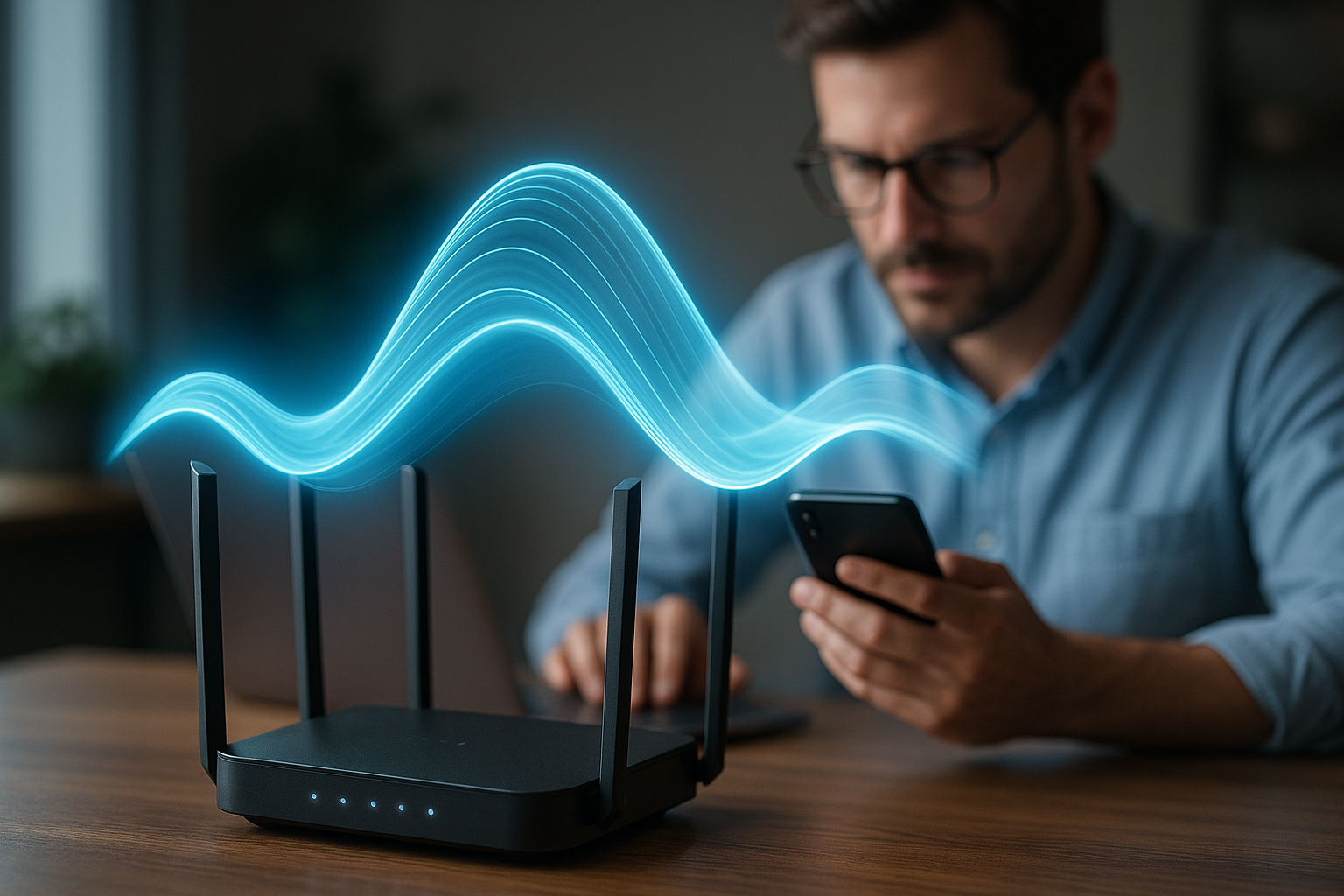The Evolution and Impact of 5G Smartphones: A Comprehensive Guide
The arrival of 5G technology has revolutionized the smartphone industry, offering unprecedented speeds, lower latency, and enhanced connectivity. As manufacturers continue to expand their 5G device lineups, consumers face important decisions about which devices best suit their needs and whether upgrading makes sense. Understanding the key differences between various 5G smartphones and current market trends can help make informed purchasing decisions.

Key Differences Between Entry-Level and Premium 5G Devices
Entry-level and premium 5G smartphones differ significantly in several aspects. Premium devices typically feature more advanced 5G modems supporting both mmWave and sub-6GHz frequencies, while entry-level phones often only support sub-6GHz. Higher-end models usually incorporate better thermal management systems to handle 5G’s increased power demands and feature more sophisticated antenna arrays for optimal signal reception. Premium devices also tend to include faster processors, higher quality displays, and better camera systems, though these differences aren’t strictly 5G-related.
Essential Factors to Consider Before Upgrading to 5G
Before investing in a 5G smartphone, several crucial factors deserve consideration. First, verify 5G coverage in your area, as network availability varies significantly by location and carrier. Battery life is another critical consideration, as 5G connectivity can be more power-hungry than 4G. Additionally, evaluate your actual need for 5G speeds based on your typical smartphone usage patterns. Consider your budget carefully, as 5G devices generally command premium prices compared to 4G counterparts.
Current Trends Shaping the 5G Smartphone Market
The 5G smartphone market is experiencing rapid evolution driven by several key trends. Manufacturers are increasingly focusing on making 5G technology more accessible through mid-range devices. Integration of 5G capabilities with artificial intelligence and advanced camera systems is becoming standard. There’s also a growing emphasis on developing more energy-efficient 5G modems and better heat management solutions to address battery life concerns.
Popular 5G Smartphone Options and Price Comparison
| Model Category | Price Range | Key Features |
|---|---|---|
| Entry-Level 5G | $300-500 | Basic 5G connectivity, mid-range processors, decent cameras |
| Mid-Range 5G | $500-800 | Better 5G support, improved processors, better displays |
| Premium 5G | $800-1200+ | Full 5G band support, flagship processors, premium cameras |
Prices, rates, or cost estimates mentioned in this article are based on the latest available information but may change over time. Independent research is advised before making financial decisions.
Technical Specifications and Performance Considerations
5G smartphones vary significantly in their technical capabilities. Key specifications to evaluate include the type of 5G modem used, supported frequency bands, processor efficiency, and cooling systems. Premium devices typically offer more comprehensive 5G band support and better overall performance, while budget options may have more limited 5G capabilities but still provide significant speed improvements over 4G devices.
The 5G smartphone market continues to evolve rapidly, with manufacturers working to balance advanced features with affordability. While premium devices offer the most complete 5G experience, mid-range and entry-level options are becoming increasingly capable, making 5G technology accessible to a broader range of consumers. Understanding these differences and considering personal needs and usage patterns remains crucial for making the right purchase decision.




